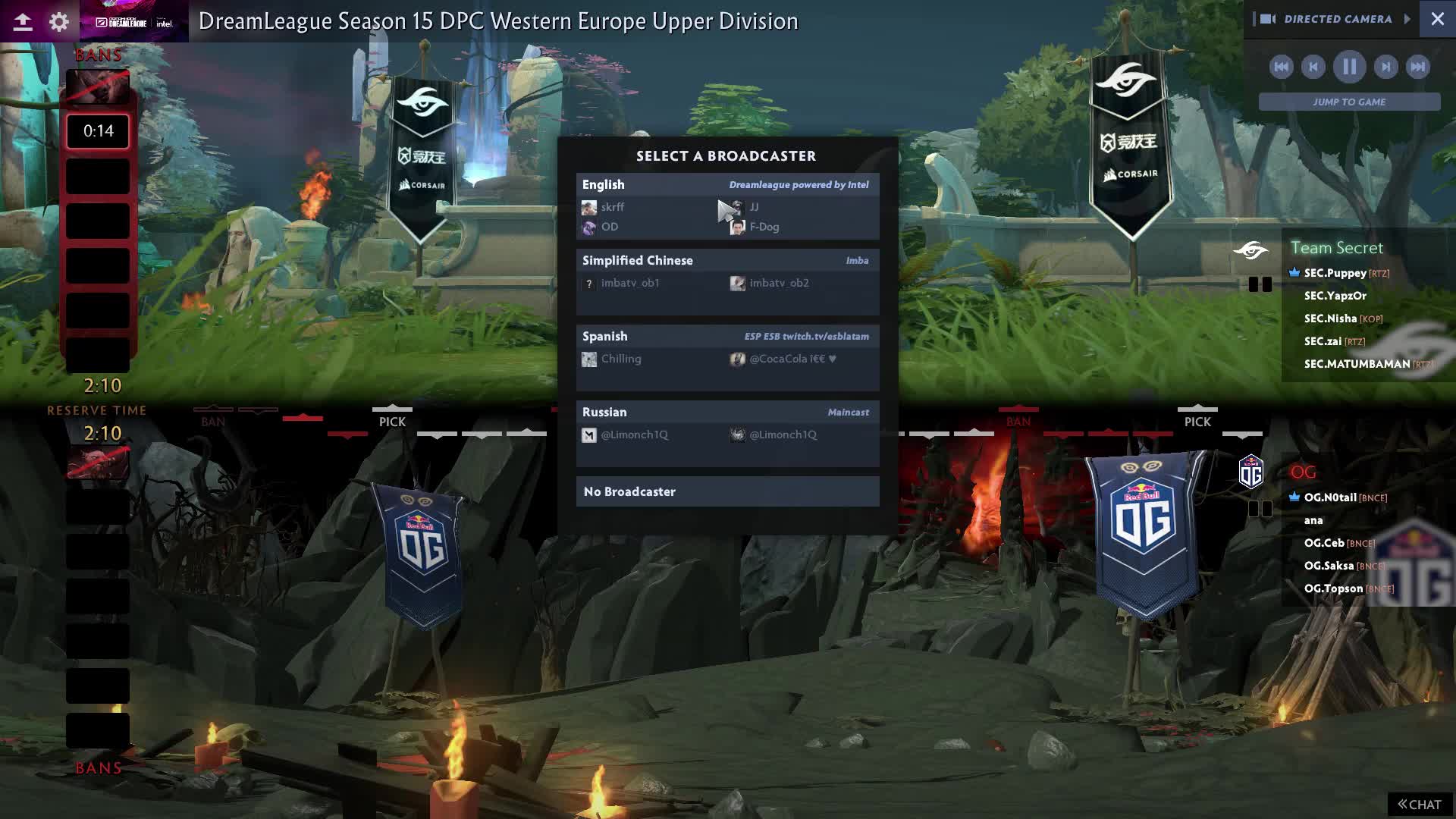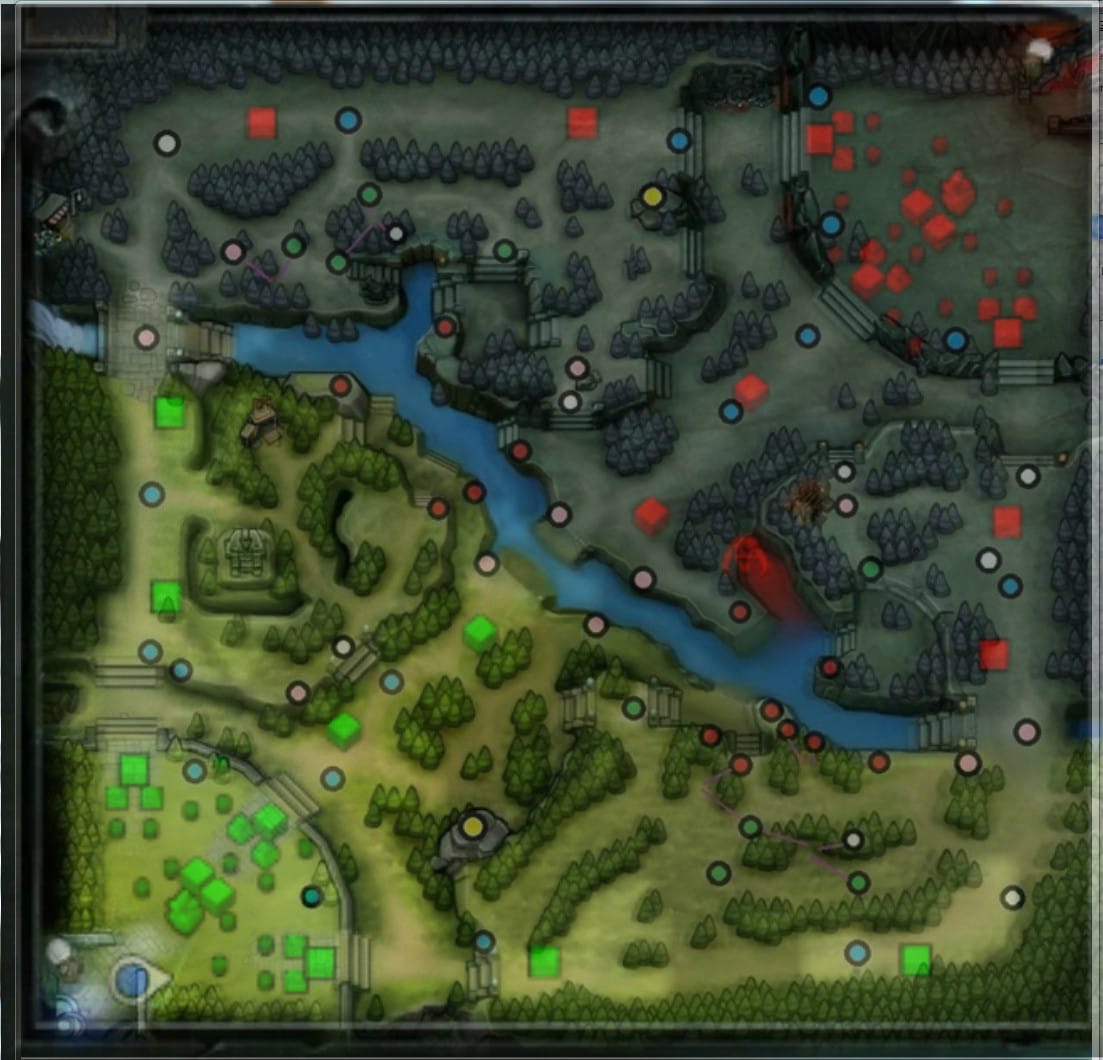Discover our blogs
get the latest updates, tips, and news from the world of skins, gaming, and fair trading.
get the latest updates, tips, and news from the world of skins, gaming, and fair trading.

Ever find yourself stuck in the same Dota 2 MMR bracket, wondering why you’re not climbing? You’re putting in the hours, but something’s missing. Here’s the thing: grinding games alone won’t cut it. To level up, you need to learn from your matches, and that’s where replay analysis comes in. Dissecting replays can transform your gameplay, no matter if you are pro or casual player. It’s like reviewing game tape in sports, because every mistake and success holds a lesson. So, how do you analyze Dota 2 replays to improve your gameplay? Let’s walk through it step by step, with tips to make you feel like a pro in no time.
Try to imagine this: you are in a heated match on Ancient, playing carry, and you get ganked out of nowhere. In the moment, you are fuming and asking yourself - How did that happen? That’s when replies are useful - because they let you rewind and figure it out. They are a goldmine for spotting bad habits, missed opportunities, and even those clutch plays you didn’t realize you pulled off. By analyzing your games, you can pinpoint exactly what’s holding you back, whether it’s poor positioning or a shaky laning phase.

However, this is not just about your own games. Watching replays of pro players can show you how the best among the best handle tough situations. You will also get to see meta builds, smart rotations, and decision-making that can inspire your own play. It feels like getting a free masterclass from the Dota 2 pro players. And nowadays, with Dota 2’s meta shifting after recent patches, staying sharp with replay analysis is more crucial than ever!
First, you will need to access Dota 2 replays, and if you’re looking at your own replays, that’s super easy. Simply head to the “Watch” tab in the main menu, and you will see a list of the most recent matches. You can also download them if you want, and you are good to go. On the other hand, if you want to learn from the best, check out websites like Dotabuff, OpenDota, or DotaProTracker. These platforms allow you to search for replays by hero, player, or MMR. For instance, this is useful if you are struggling with something specific, so you can search based on it, and filter by date, so you can catch the latest meta.
Okay, now you’ve got a replay loaded, so now what? Dota 2 matches can be overwhelming, with a million things happening at once, so let’s narrow it down to five key areas to focus on.
Gold is the lifeblood of Dota 2, and if you’re not farming well, you’re falling behind. Make sure to check your creep score (CS) at the 10-minute mark. For carries or mids, 50 CS is solid, 70 is stellar, and 30 is a red flag (unless you were ganking or dying a lot). Compare your farm to the enemy’s farm - did they outpace you? Watch how you position yourself in the lane. Are you missing last hits because of bad timing or harassment? Then, look at the pros: how do they secure creeps under pressure?
Ever get caught out and wonder, “Where did that gank come from?”. Replays can show you that, and more. Make sure to check where you’re standing during laning, fights, or rotations. Are you too far forward, begging for a stun? Did you miss a ward spot or an enemy roaming? Pause the replay and ask, “Where are the enemies right now?”. If you did not know during the game, that means that you have to fix the issue with map awareness. One of the key differences between pros and casual players is that pros seem to know what’s coming, so watch their replay and see how they track the minimap.

Dota 2 is basically a chess match because every choice, like fight, farm, push, or retreat, shapes the game. Look for moments where you hesitated or made a bad call. Did you dive from a tower and die? Should you have taken Roshan instead of chasing kills? Rewind and trace back to see what led to those decisions. Then, compare to high-MMR players and see when they fight, and when they back off. Essentially, it’s learning the rhythm of the game.
Items can make or break a Dota 2 match. Ask yourself - did you buy the right gear for the enemy lineup? Was your Black King Bar delayed because you farmed poorly? Check the timing of your key items against pros in similar games. Sites like Dotabuff show popular builds for your hero, so use them to see if you’re on track. For example, if you’re playing Anti-Mage and don’t have Battle Fury by 15 minutes, you might need to rethink your early game.
Unless you’re smurfing, Dota 2 is a team game. Look at how you and your teammates moved together. Were you split up during a key fight? Did you miss a chance to gank because nobody followed up? Replays won’t show voice comms, but you can infer coordination from player movements. If it looks like a clown fiesta, work on clearer callouts in your next games.
Unless you’re smurfing, Dota 2 is always a team game, so pay attention at how you and your teammates move together. Were you split up during a key fight? Did you miss a chance to gank because nobody followed up? Replays won’t show voice comms, but you can infer coordination from player movements. If it looks like a clown fiesta, work on clearer callouts in your next games.
Analyzing your own replays can sting a bit, because it’s like watching a video of yourself tripping in public. But the goal is to grow, not to beat yourself up. That’s why you should ask tough questions: What went wrong? Could I have played that fight differently? Did I miss an opportunity to push a tower?
Try watching it from the enemy’s perspective, as it can be eye-opening to see how they set up that gank you didn’t expect. You might realize that you have been too aggressive without the right approach. Another trick is to pause at key moments, such as a team fight, and to think about what you could’ve done better, were you out of position, or did you use your spells in the wrong order?
Comparing your gameplay to higher-MMR players is essential, and on OpenDota, you can find replays of your hero at higher ranks. Pay attention to how they handle the same matchups or situations.
Sometimes, you’re too close to your own gameplay to see the full picture. That’s where outside help shines. Here are some ways to get a fresh perspective:
Watching replays is only half the battle, and applying what you learn is where the magic happens. Here’s how to make it stick:
Analyzing replays is like having a superpower in Dota 2. It lets you see the game through a new lens, catching mistakes and opportunities you’d miss in the heat of battle. By accessing replays, focusing on key areas like farm and positioning, and applying what you learn, you’re setting yourself up to climb ranks and maybe even outplay that toxic teammate who keeps pinging you.
Of course, improvement isn’t instant, and it takes time, effort, and a bit of humility. But stick with it, and you’ll start seeing results.